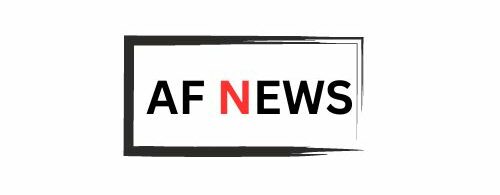In the exciting world of coin collecting, some coins have captured the hearts of collectors and investors alike. Among these treasures are two rare Bicentennial Quarters, valued at an incredible $3 million. Even though these coins may seem common, their true worth lies hidden beneath the surface. Struck in 1976 to celebrate the United States’ 200th birthday, these quarters are more than just pocket change. This article will explore these remarkable coins, their unique features, and why they are so valuable.
1976-D Double Die Obverse Quarter
The 1976-D Double Die Obverse Quarter is one of the most sought-after coins in the collecting community. This coin is famous for a minting error known as “double die,” where the design is stamped twice, causing a noticeable doubling effect, especially on the words “LIBERTY” and “1776-1976.” This unique characteristic makes it one of the most wanted coins in American numismatics. Collectors are always on the lookout for this coin, and it can be worth a significant amount if you find one in your change!
Characteristics of the 1976-D Double Die Obverse Quarter
| Feature | Details |
|---|---|
| Mint Year | 1976 |
| Estimated Value | Up to $300,000 |
| Notable Feature | Doubling on “LIBERTY” and date |
1976-S Silver Proof Quarter
The 1976-S Silver Proof Quarter is another valuable coin from the Bicentennial series. This quarter is made from 90% silver and had a limited mintage, making it especially appealing to collectors and investors. Due to its high silver content and the perfect condition of some examples, this quarter can sell for hundreds of thousands of dollars. The combination of rarity and material adds to its premium value, making it a prized possession for coin collectors.
Characteristics of the 1976-S Silver Proof Quarter
| Feature | Details |
|---|---|
| Mint Year | 1976 |
| Estimated Value | Up to $500,000 |
| Notable Feature | 90% silver content |
The Thrill of the Hunt
The excitement around these two Bicentennial Quarters is growing. Collectors are eager to find them, and many people are checking their spare change for hidden treasures. You never know when you might come across a coin that could change your life! The world of numismatics offers a thrilling adventure for both experienced collectors and curious newcomers. Searching for these rare coins can feel like a treasure hunt, turning an ordinary day into an extraordinary experience.
Why Are These Coins So Valuable?
These rare Bicentennial Quarters have significant value because of their unique features, limited production, and historical importance. The double die error on the 1976-D quarter makes it a rare find, while the high silver content of the 1976-S quarter contributes to its worth. Both coins tell a story about America’s history and the art of coin minting, making them treasures for collectors who appreciate their significance.
Conclusion
In the world of coin collecting, the thrill of finding a rare coin can be exhilarating. The 1976-D Double Die Obverse Quarter and the 1976-S Silver Proof Quarter are not just coins; they are pieces of history worth millions. As you go through your spare change, keep an eye out for these hidden gems. You might just stumble upon a treasure that could change your life! Whether you’re an experienced collector or just starting, searching for these rare coins can turn an everyday activity into a thrilling adventure.
FAQ’s
How can I tell if my quarter is the rare 1976-D Double Die Obverse?
Look for the noticeable doubling in the words “LIBERTY” and the date. If you see this, you may have a valuable coin!
Where can I sell my rare Bicentennial Quarters?
You can sell them at coin shops, auctions, or online marketplaces that specialize in collectibles.
What should I do if I find a rare coin in my change?
Have it appraised by a professional to determine its value before deciding to keep or sell it.
Are all Bicentennial Quarters worth a lot of money?
Not all. Only specific varieties, like the 1976-D Double Die and 1976-S Silver Proof, have high value.
How can I start collecting coins?
Begin by learning about different coins, visiting local coin shops, and joining coin clubs to connect with other collectors.

